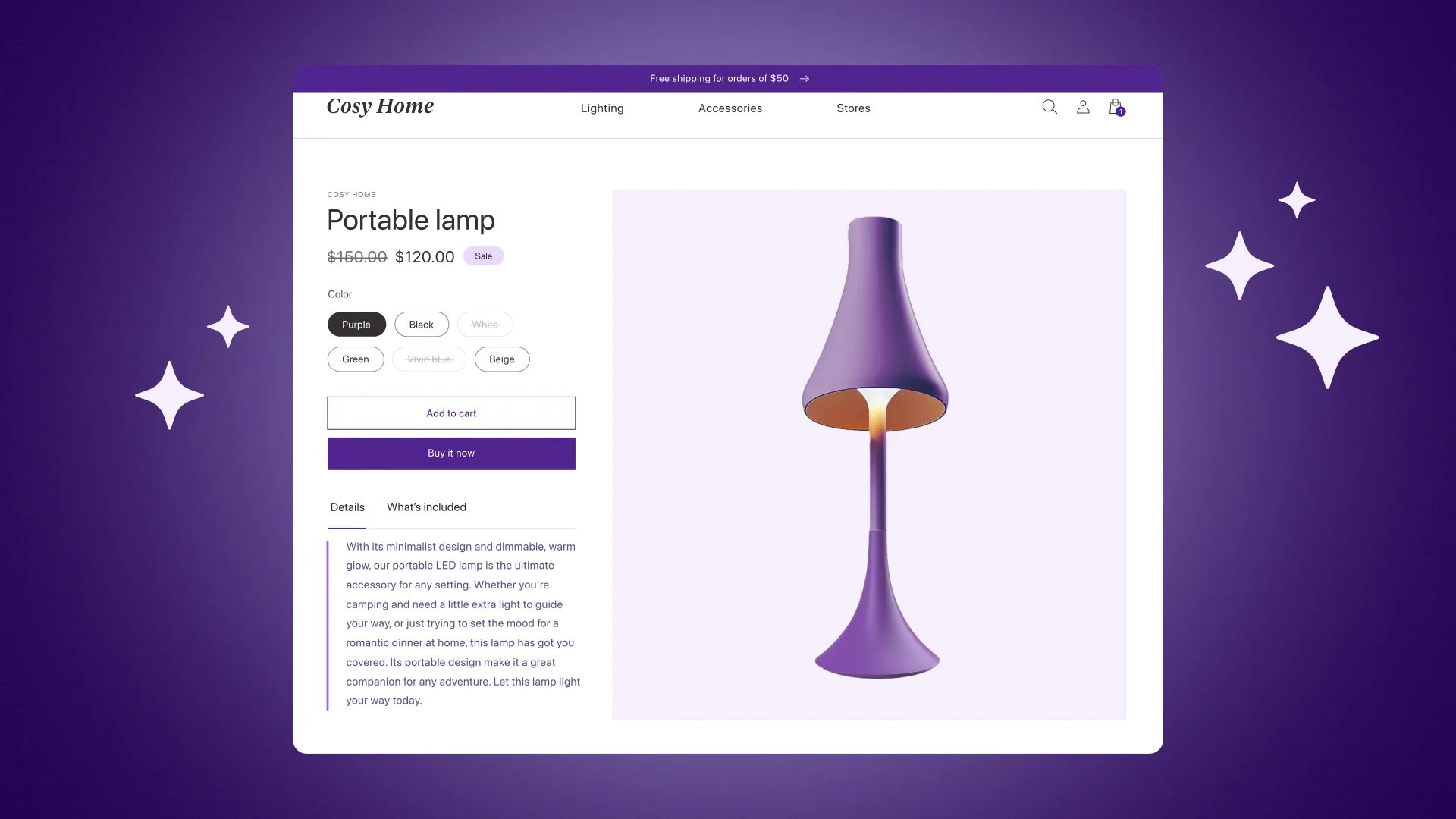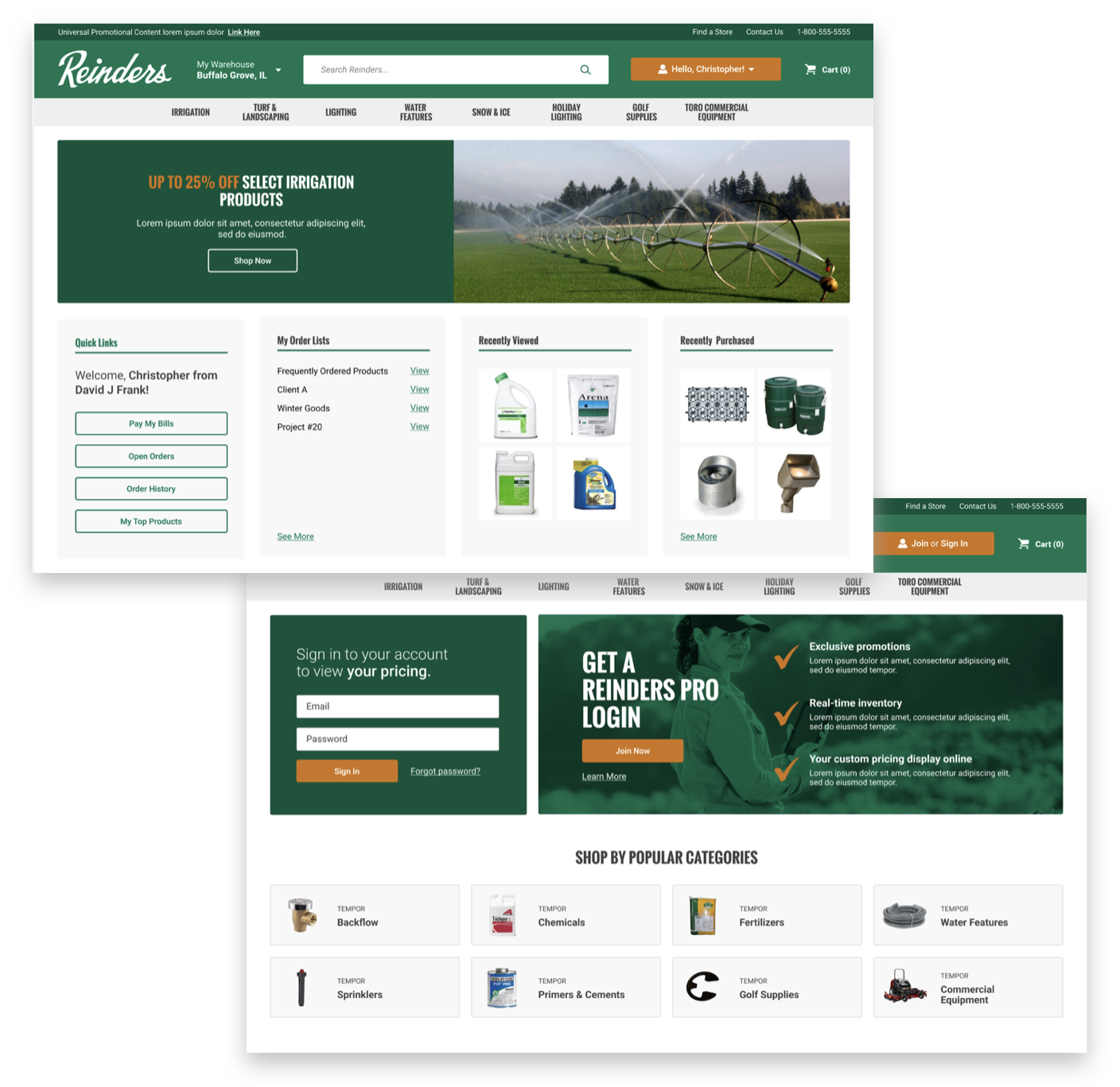2023 was an exhilarating year for ecommerce brands and a lot of that excitement stems from the way ecommerce platforms made substantial changes and additions that their users were able to take advantage of.
Whether your store is built on top of Shopify Plus, BigCommerce, Adobe Commerce, or Optimizely; you can always find new ways to increase revenue, customer satisfaction or overall growth by taking advantage of all the exciting updates our partners have been focusing on lately.
AI Dominance in Ecommerce Platforms
The concept of AI and ecommerce is anything but new, especially when it comes to creating a customized buying experience, but in 2024 we fully expect AI to move from the early adopters to the general population with platforms making it more accessible and easier to implement for brands of all sizes.
BigCommerce is adding brand new AI-powered features to its platform, leveraging Google Cloud’s AI technologies. With these new features, BigCommerce Enterprise merchants will have the potential to improve operational efficiencies, elevate customer experiences, enhance product discovery and much more. With their increased focus on enterprise brands, it’s now surprise the BigCommerce has partnered with the tech giants at Google to expand their AI features, including leveraging Vertex AI to help merchants create more compelling copy and Google’s Recommendations AI engine to create fully tailored shopping experiences based on a visitor’s taste and preference.(Image courtesy of Shopify

Image courtesy of Shopify
The Texas-based platform isn’t the only one with a big investment in AI. Our platform partner up north has also put an increased focus on their AI features and they’re calling it Shopify Magic. With cross-platform features, they are hoping that store operators spend less time on manual tasks. New tools like smart replies and instant answers for the Shopify Inbox will help minimize the time spent on administrative tasks. Shopify Magic also extends to the marketing team, with full email optimization for Shopify Email. All of these new features can be accessed through Shopify’s AI-assistant called Sidekick, which can take in text prompts and respond with step-by-step instructions or create workflows.
The SaaS platforms aren’t the only ones getting in on the AI ecommerce trends. Adobe has also made dramatic improvements to their AI features, with the most exciting one coming by way of Adobe Sensei.
Sensei utilizes AI and machine learning technology to build and maintain customer experiences that would be nearly impossible to create manually. With a focus on analytics, marketing, and design, Sensei has been sewn into the entire fabric of Adobe Commerce. Product recommendation, experimentation, and personalization all get significant improvements from the Sensei platform. With many of these feature expansions, merchants are able to dive into the AI future without investing into additional platforms or products.
Not to be left out of the conversation, Optimizely has bet big on AI in 2024 with their all new integrated suite of products called “Optimizely One.” The Optimizely One platform will allow users to connect their entire marketing lifecycle through a single, unified workflow — and accelerate it all with an integrated and fully-embedded AI engine at every phase of the journey. This also applies to their ecommerce platforms that are leveraging AI to create Visitor Groups that allow brands to target their customers with unique offers and promotions based on shopping data.
B2B Ecommerce Ascends
The days of B2B brands being relegated to legacy platforms and toolsets are going to become a thing of the past. Over the past year, B2B ecommerce has become a more important aspect of platforms’ planning and this can be seen in new features that are built for B2B sellers in mind.
Shopify has built an entire suite of B2B-focused tools that will allow manufacturing and distribution brands to take advantage of the Shopify platform without having to integrate dozens of additional tools to make their existing systems function properly. Brands can set customer-specific catalogs, payment terms, and currencies and connect multiple customers and locations in a single company profile. They can add a purchase order (PO) number to B2B orders and draft orders. These features are mission critical to B2B store owners.
Other features include volume pricing, which is now easy to implement directly in the Shopify backend and can be customized to fit any business’s needs. In addition to volume pricing, order lists are now available for wholesalers and distributors; allow buyers to easily order all of the variants they need from a single page.
B2B is nothing new for BigCommerce, but that hasn’t stopped them from improving their support for B2B brands through new and expanded features. The goal for BigCommerce has always been to level the playing field between B2C and B2B stores and in 2024, they will get even closer. Out of the box, merchants will have access to a full buyer portal platform, payment management, customized access and permissions, as well as a full suite of invoice, quote, and discounting tools that are mission critical. In addition to all of these native features, BigCommerce has also put an increased focus on making sure all of the tools B2B brands need are available and simple to integrate. This will improve the buying experience, and keep operations running smoothly.

Reinders needed a unified store that catered to both B2C and B2B buyers.
With a long history of supporting B2B brands, Adobe and Optimizely have put their sights on creating more unified experiences, focusing on improving their usability for brands that are selling for both B2B and B2C from the same platform. This increasingly popular scenario used to be a difficult problem to solve for, but with multi-channel ecommerce and unification efforts, Adobe has made it easier for their large brands to create an experience that works flawlessly for both their consumer level customers as well as their wholesale and business-based buyers.
Guidance leveraged Adobe Commerce's multi-channel ecommerce solution to redesign and re-platform one of the Midwest's largest full service distributors of products to the commercial green industry, Reinders. This allowed us to enhance scalability and capabilities, and grow ecommerce revenue by delivering a world-class online shopping experience to their B2B and B2C customers.
Expanding Freedom of Choice
Whether you are more familiar with the term headless or composable, you understand that brands now have the ability to customize the entire way their store is built and managed. This level of freedom has allowed brands to create experiences that are completely unique to their brand and customer base. The power to choose will continue to expand in 2024.
Many people view Shopify as the antithesis of headless composable commerce, but that couldn’t be further from the truth going into 2024. Shopify has completely embraced the movement towards composable commerce with their Headless commerce solution as well as Commerce Components that are Shopify-tested modules that can be used in any amount or combination to create a bespoke experience. Shopify’s main value proposition for their headless solution is that it doesn’t require a brand to start building from scratch since it relies on Shopify’s framework. This is a great option for those exploring composable commerce for the first time.

Image courtesy of BigCommerce
BigCommerce shares a very similar outlook on composable commerce, but has made it a cornerstone of their entire platform by joining the MACH Alliance and building towards a solution that could be seen as “Headless in a Box,” where they make recommendations of what frameworks, content management systems, and digital experience platforms would allow for brands to launch with the least resistance. They are betting big on making headless commerce more accessible and based on the growth in adoption, it looks like a great decision.
Optimizely has been managing two distinct commerce platforms with both having the functionality to support composable modules. This means customers can choose to leverage other tools in their tech stack if they have a preferred choice in another tool. For example, if a customer already has a DAM in place, they can choose to use it versus the one provided by Optimizely. This allows brands to pick and choose the best solutions for their current needs and allow for future-proofing. A great example of this would be payments. Brands may have a live site that has a payments solution in place. They do not need to replace existing solutions until they are ready to leverage the new payments composable module.
Adobe Commerce has been a leader in headless commerce for years and that remains true moving into 2024. With more intricate systems and technical advantages, Adobe Commerce is still one of the best options for large enterprise brands looking for technically sophisticated solutions with minimal guardrails in place. Combined with Adobe Experience Manager, many brands have found Adobe’s offerings to be the exact level of flexible, while still being trusted for those store’s at the highest peaks of ecommerce sales. An important difference is Adobe’s option to host sites on-premises or in the cloud, Adobe Commerce users have many options when it comes to data security and regulations that aren’t always available natively on other platforms.
2024 will be the year of…..!
While trends are very easy to predict, they are much harder to guarantee. This is why we invest so much time into learning from and working with our ecommerce platform partners closely. We want to make sure that we can offer cutting-edge solutions that allow our clients to grow and scale ahead of their competition. We strive to not only be early adopters of new ecommerce solutions, but early experts.
This is exactly how we’ve been able to keep growing over the past 30 years and building the best ecommerce websites for brands across the globe.
Want to learn more about how Guidance can bring your brand into the future? Click the Contact Us button below and we will build a fully personalized plan for your store.
